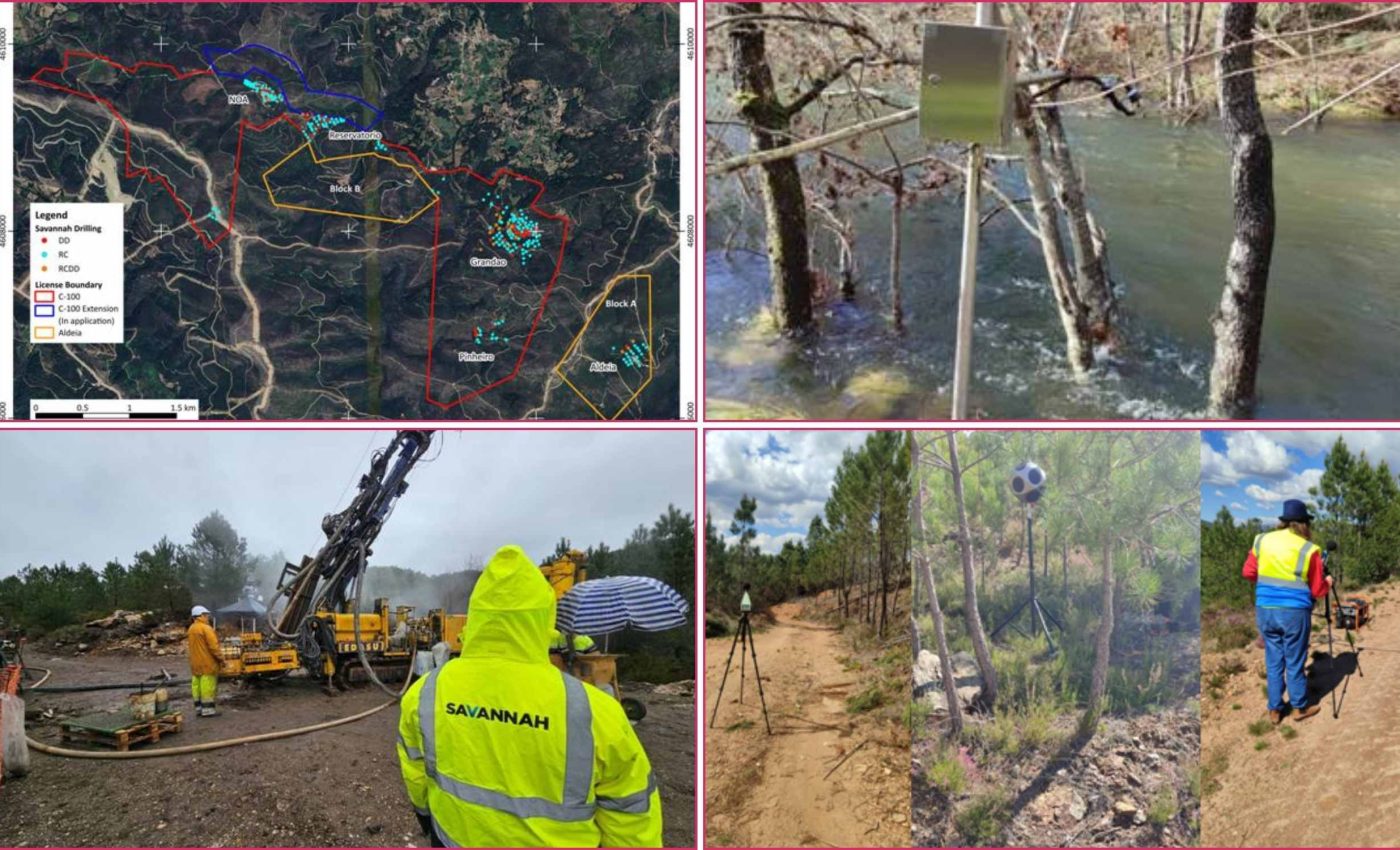
Portugal could be home to Europe's largest lithium deposit
New field results from northern Portugal suggest the Barroso lithium deposit is bigger than earlier estimates. The company behind the project says the site could supply enough lithium each year for about half a million to one million electric car batteries.
The project sits near the town of Boticas in the Barroso region and targets hard rock lithium. Commercial output is planned for 2027 if permitting, financing, and construction stay on track.
Data on Barroso lithium
The work is led by Savannah Resources PLC, a developer advancing Portugal’s Barroso Lithium Project. Its team focuses on spodumene, a lithium rich mineral used to make battery chemicals.
Exploration teams mapped fresh mineralized zones across licensed areas and flagged targets for follow up drilling. Several known ore bodies remain open along strike and at depth, which is a good sign for future resource growth.
“The results from the surface exploration which our team undertook are truly exciting,” said Emanuel Proença, Chief Executive Officer of Savannah Resources.
He added that early conclusions indicate the deposit remains highly prospective for more spodumene resource delineation.
The resource estimate previously cited by the company translated to roughly 31 million tons when expressed in U.S. units. New targets imply that figure could rise, which is why the drill program has expanded across multiple zones.
Barroso lithium helps Europe
Europe depends on imported lithium chemicals, and the region wants more domestic supply to support battery factories.
The Critical Raw Materials Act, an EU law that coordinates support and speeds permits for key raw materials, sets shorter timelines for mining and processing projects.
The European Commission placed the Barroso Lithium Project on its first list of Strategic Projects in March 2025, confirming its policy importance to the bloc’s supply chain.
Strategic status can help projects connect with buyers and financiers and gives them a single point of contact in each country.
CRMA guidance caps the permit granting process at 27 months for extraction and 15 months for processing and recycling. That target matters because long, uncertain timelines have slowed mine approvals in Europe in the past.
Geology helps the case. The Barroso Alvão pegmatite field hosts multiple lithium bearing bodies shaped by late stage granitic fluids, which can create high grade zones in relatively shallow settings.
A 2024 study mapped crystallization sequences in a nearby spodumene rich dyke and offers a regional template for exploration.
Power and processing plans
Savannah plans to power its processing plant from the national grid, which has leaned heavily on renewable electricity this year. In February 2025, renewables supplied about 81 percent of Portugal’s electricity.
Cleaner power lowers the project’s future carbon footprint compared with grids that burn more fossil fuels. It also supports the company’s push to electrify the mining fleet when operating conditions allow.
Processing turns crushed ore into a saleable concentrate by separating spodumene from other minerals. A Definitive Feasibility Study – a detailed plan that nails down designs, costs, and schedules before construction – is now underway to finalize those choices.
Engineers are also advancing a tailings storage facility, an engineered area where leftover ground rock is stored with water or as a drier stack. Getting this design right is central to safety and to the project’s environmental license.
Stakes and scrutiny of Barroso lithium
Not everyone is on board with an open pit mine near farms and villages. A United Nations compliance committee recently found that Portugal withheld information during the environmental licensing for the Barroso project, intensifying debate over transparency.
Residents and environmental groups have raised concerns about land access, water, noise, and traffic. Portugal’s environment agency approved the mine conditionally in 2023, and opponents continue to challenge the decision in court and in public hearings.
Developers must meet strict baseline and monitoring standards to operate. An Environmental Impact Assessment remains a pivotal step for the access roads, plant, and pits.
The company states it is negotiating land purchases and easements while keeping public updates flowing. It has also proposed new road layouts to route heavy traffic away from town centers and farms.
What comes next
Field teams are drilling the Barroso lithium site to refine the block model, test step outs, and collect geotechnical and hydrology data that feed into mine designs. Those data inform pit walls, haul routes, water handling, and the final plant layout.
Assay results will flow in batches and feed the resource model and mine plan. If the resource grows and the mine schedule holds, long lead equipment orders could follow the feasibility work.
Investors watch for clarity on unit costs, recovery rates, and product specs, because those factors drive project economics. Offtake discussions with refiners and battery makers would likely follow any firm resource and schedule update.
Public reporting will come under the JORC, a public code that sets rules for reporting mineral resources and reserves. Clear communication under a recognized standard helps outside reviewers check the numbers and assumptions.
—–
Like what you read? Subscribe to our newsletter for engaging articles, exclusive content, and the latest updates.
Check us out on EarthSnap, a free app brought to you by Eric Ralls and Earth.com.
—–













